Walking In The Heat!
Regular, brisk exercise of any kind can improve confidence, stamina, energy, weight control and life expectancy and reduce stress. It can also reduce the risk of coronary heart disease, strokes, diabetes, high blood pressure, bowel cancer and osteoporosis.
Scientific studies have also shown that walking, besides its physical benefits, is also beneficial for the mind, improving memory skills, learning ability, concentration and abstract reasoning, as well as reducing stress and lifting spirits.

A lot of truth to this!
Sustained walking sessions for a minimum period of thirty to sixty minutes a day, five days a week, with the correct walking posture, reduce health risks and have various overall health benefits, such as reducing the chances of cancer, type 2 diabetes, heart disease, anxiety and depression.
Life expectancy is also increased even for individuals suffering from obesity or high blood pressure. Walking also improves bone health, especially strengthening the hip bone, and lowering the harmful low-density lipoprotein (LDL) cholesterol, and raising the useful high-density lipoprotein (HDL) cholesterol.
Studies have found that walking may also help prevent dementia and Alzheimer's
Did You Know? - To burn off 1 plain M&M candy, you need to walk the full length of a football field. Think about that next time you dip your hand into a candy bowl at someone's office.
Walking provides the following benefits:
•
Improves efficiency of your heart and lungs
•
Burns body fat
•
Raises your metabolism so you are burning
calories faster
•
Helps control your appetite
•
Increases your energy
•
Helps relieve stress
•
Slows aging
•
Lowers high blood pressure
•
Helps control and prevent diabetes
•
Reduces risk of some forms of cancer
•
Promotes intestinal regularity
•
Helps promote restful sleep
•
Strengthens your bones and reduces bone density loss
•
Reduces stiffness in your joints due to inactivity or arthritis
•
Relieves most cases of chronic backache
•
Improves flexibility
•
Improves posture
•
Promotes healthier skin due to increased circulation
•
Improves mental alertness and memory
•
Spurs intellectual creativity and problem solving
•
Elevates mood
•
Helps prevent and/or reduce depression
•
Improves your self-esteem
•
Helps control addictions to nicotine, alcohol, caffeine, and drugs
August 4th Top
August is one of our warmest months and I could see why this morning! There was not a cloud in the sky and the temperature was already in the 70's.


It was an hour walk this morning!
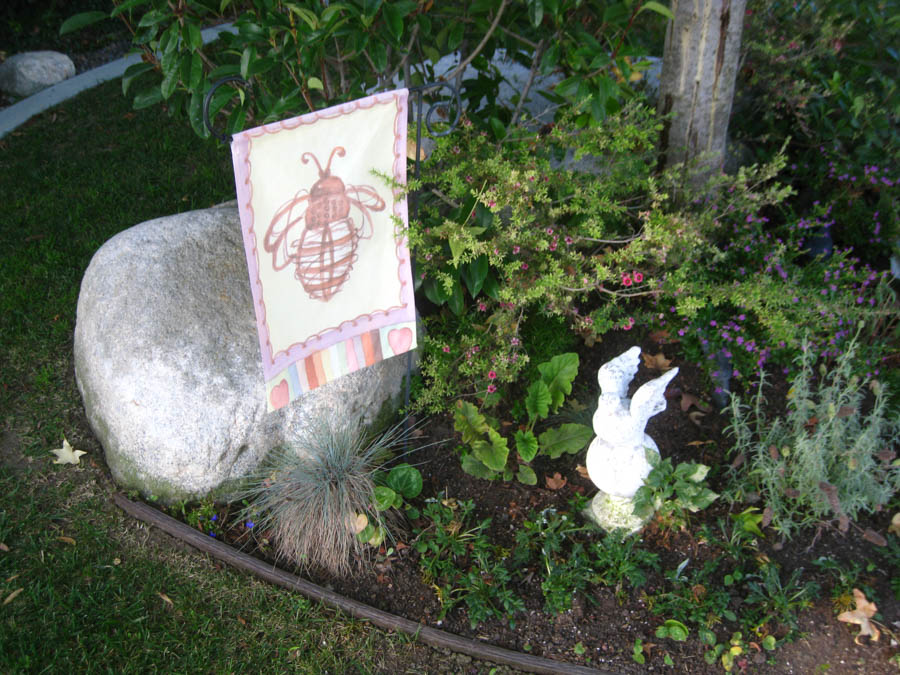
I learned about the birds and the bees this morning...
Well... A bird and a bee

Nice looking Edsel
Did You Know? - The Edsel Ranger is an automobile that was produced and sold by Edsel in the 1958, 1959 and 1960 model years. It was built on the shorter, narrower Edsel platform, shared with Ford and Edsel Pacer models.
The Ranger was the base trim option for Edsel in its first and second years as an automotive marque. It was available in two-door coupes, four-door sedans, and two and four-door hardtops with a convertible also offer in 1960.
Ranger is one of two of Edsel's model nameplates re-used by Ford, Villager being the other.
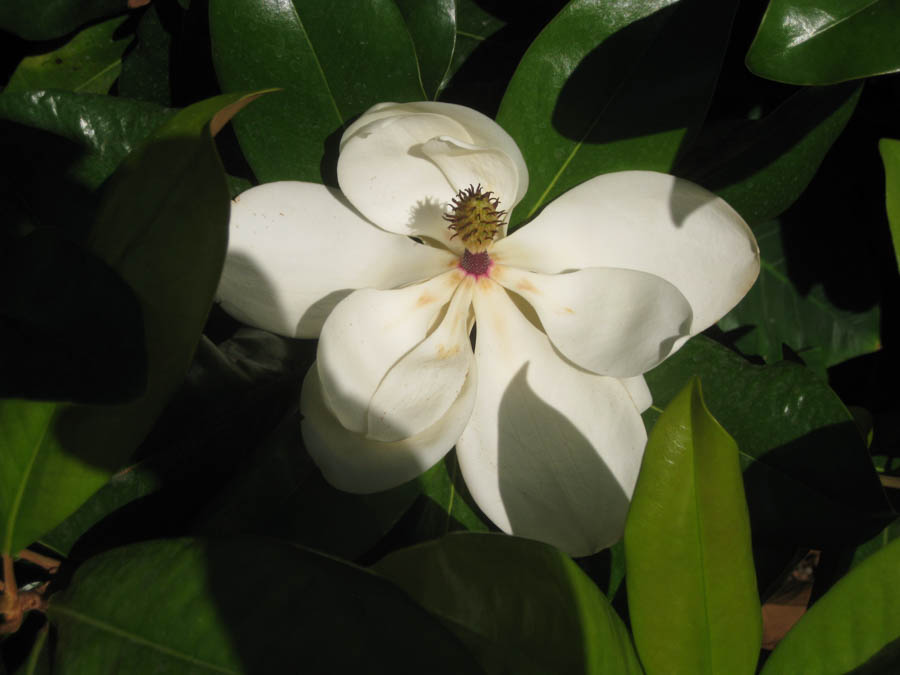
The magnolias were beautiful

The looked like they were silk!

We went to the moon! We planted this flag 250,000 miles away

Fall is definitely on the way!

Hello Froggy!
Did You Know?
-
A group of frogs is called an army.
-
A frog completely sheds its skin about once a week. After it pulls off the old, dead skin, the frog usually eats it.
-
When Darwin's frog tadpoles hatch, a male frog swallows the tadpoles. He keeps the tiny amphibians in his vocal sac for about 60 days to allow them to grow. He then proceeds to cough up tiny, fully formed frogs.
- When a frog swallows its prey, it blinks, which pushes its eyeballs down on top of the mouth to help push the food down its throat.
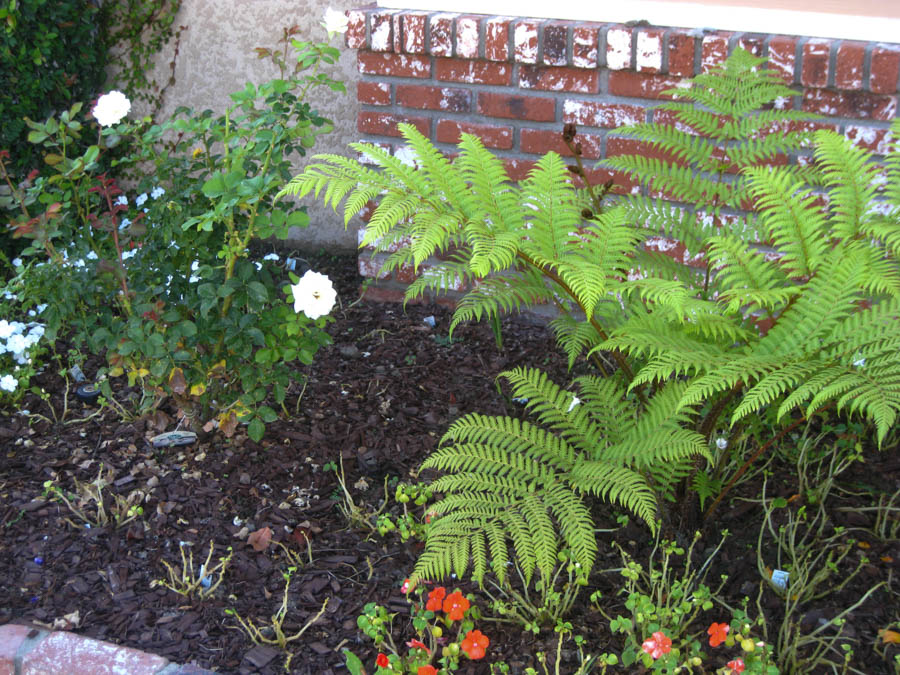
Rose, meet Fern.... Fern, meet Rose
Did You Know?
-
Ferns belong to a group of plants called featherplants or pteridophytes, along with club mosses and horsetails.
-
Featherplants are among the world's most ancient plants, found as fossils in rocks 400 million years old.
-
Coal is made largely of fossilized featherplants of the Carboniferous Period 360 – 286 million years ago.
-
There are now 10,000 species of fern living in damp, shady places around the world.
-
Some ferns are tiny, with mossy leaves just 1 cm long.
-
Rare tropical tree ferns can grow up to 25m tall. Fern leaves are called fronds. When new they are curled up like a shepherd's crook, but they gradually uncurl over time.
-
Coal is made from dead plants such as ferns. Over 200 million years ago, the ferns would have become buried underground and very gradually turned to cool under the immense pressure of the Earth.
- Ferns grow into new plants not from seeds but from spores in two stages.
August 8th Top


Just an hour this morning because we have a full day ahead!
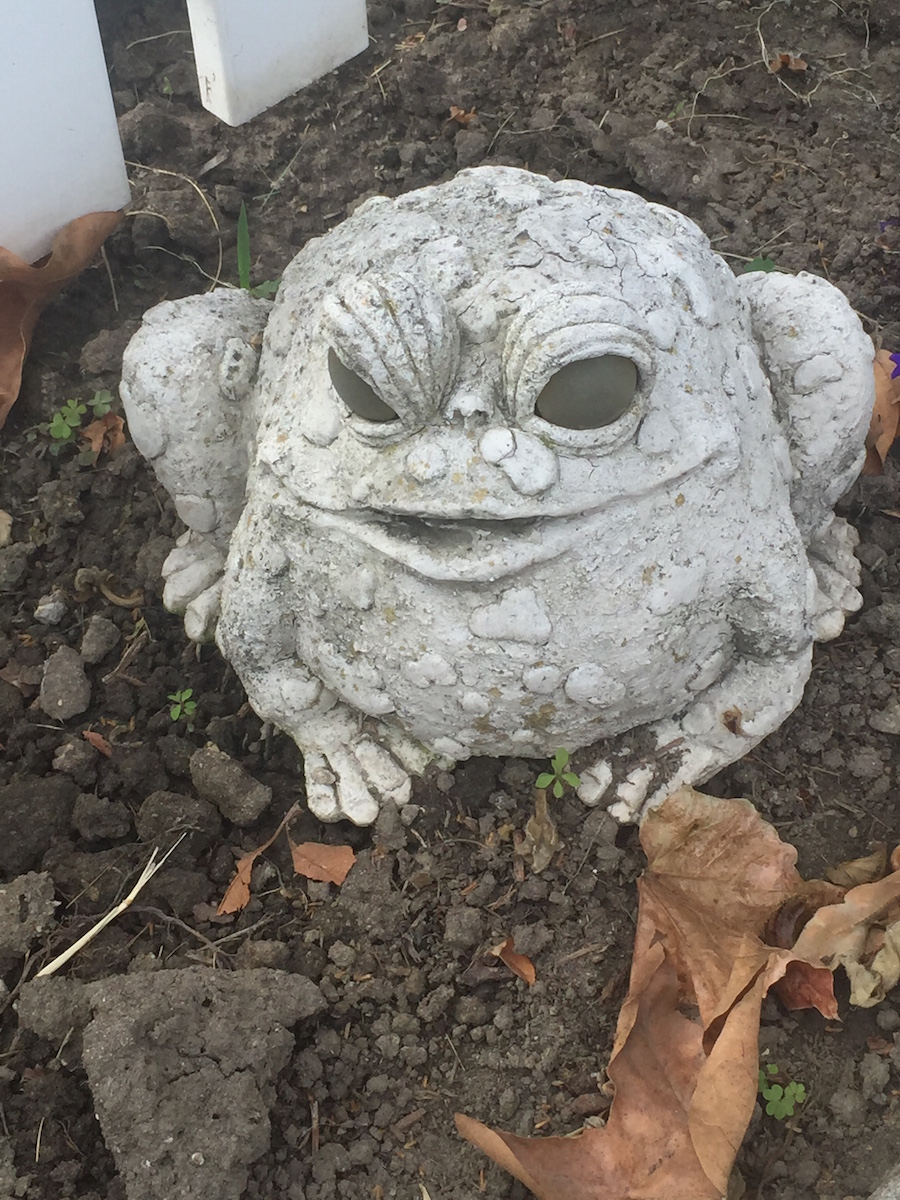
Croak!

Nice to see people still believe
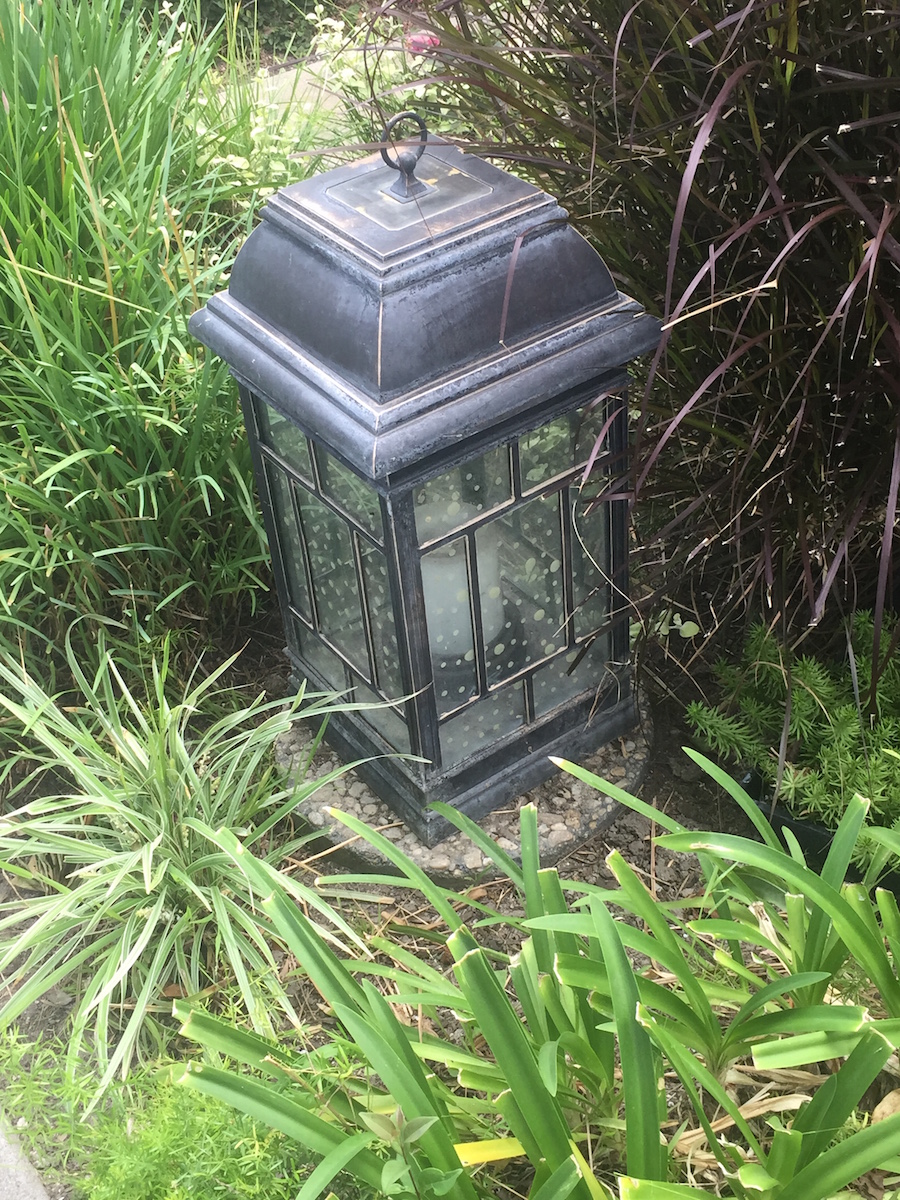
Hidden well in the bushes
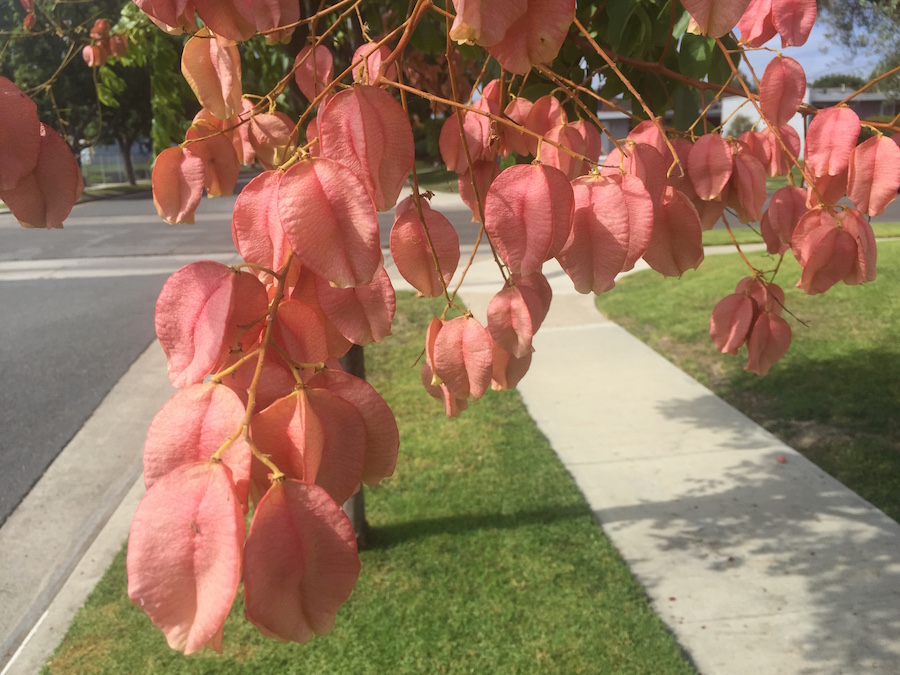
Nature is absolutely amazing
August 22nd Top
Back from vacation and need to walk!



Red as can be
Looks like the beaks of a bird...
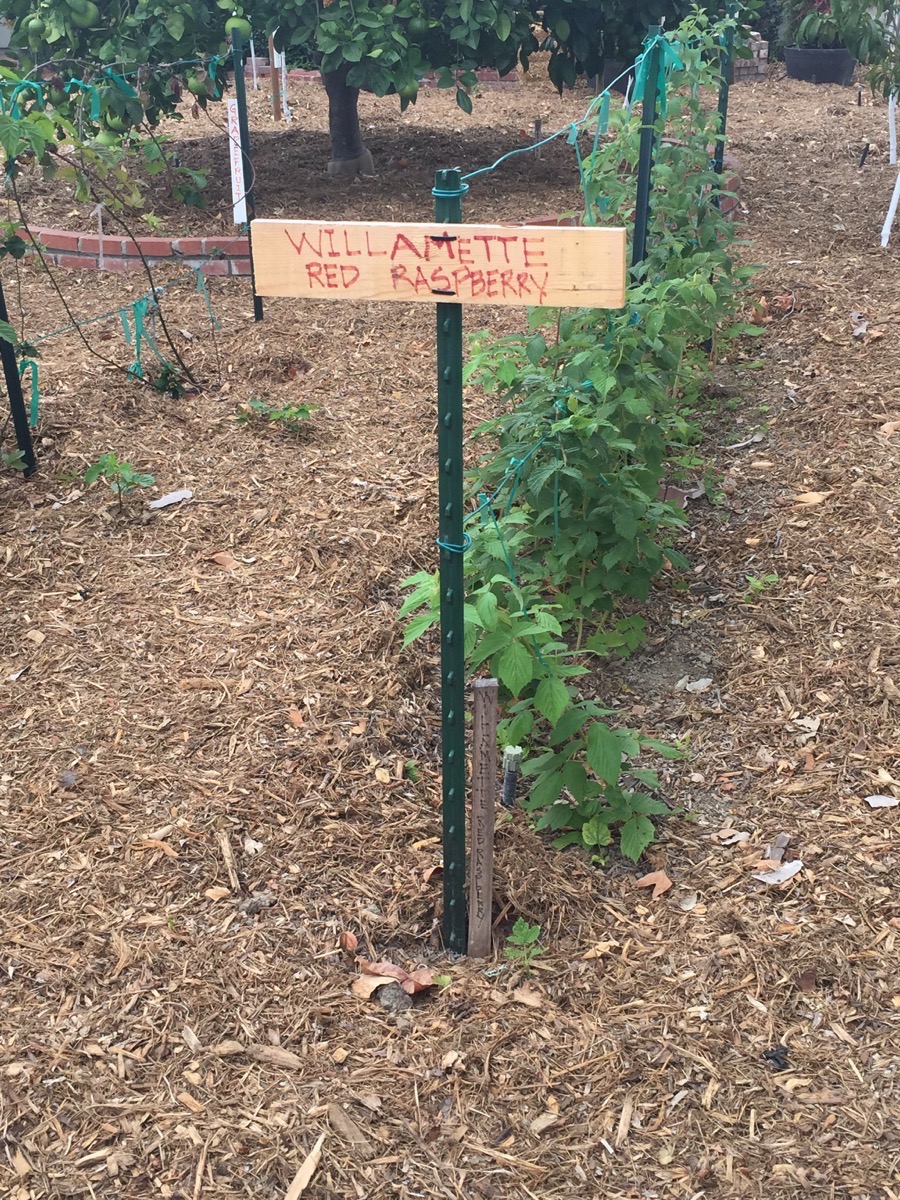
We saw those on our vacation.... Our neighbors front yard
Did You Know? - The aggregate fruit structure contributes to raspberry's nutritional value, as it increases the proportion of dietary fiber, which is among the highest known in whole foods, up to 6% fiber per total weight.
Raspberries are a rich source of vitamin C, with 26 mg per 100 g serving (32% Daily Value), manganese (32% Daily Value) and dietary fiber (26% Daily Value).
Raspberries are a low-glycemic index food, with total sugar content of only 4% and no starch.

I must tell Vicky about this!
Did You Know? - The loganberry (Rubus × loganobaccus) is a hexaploid hybrid produced from pollination of a plant of the octaploid blackberry cultivar 'Aughinbaugh' (Rubus ursinus) by a diploid red raspberry (Rubus idaeus).
The plant and the fruit resemble the blackberry more than the raspberry, but the fruit color is a dark red, rather than black as in blackberries. Loganberries are cultivated commercially and by gardeners.

What Paul looks like after his walk
August 25th Top
Today was go left and then go right day. That is always an interesting strategy. I never know where I am going to end up!



Great use of a wash basin!

Mr. Giraffe was really really tall
Did You KnowThis About Giraffes?
A male giraffe can weigh as much as a pick up truck! That's about 1400 kilograms.
Although a giraffe's neck is 1.5 – 1.8 metres, it contains the same number of vertebrae at a human neck.
A giraffe's habitat is usually found in African savannas, grasslands or open woodlands.
The hair that makes up a giraffes tail is about 10 times thicker than the average strand of human hair.
The distinctive spots that cover a giraffe's fur act as a good camouflage to protect the giraffe from predators. When the giraffe stands in front of trees and bushes the light and dark colouring of its fur blends in with the shadows and sunlight.
It is possible to identify the sex of the giraffe from the horns on its head. Both males and females have horns but the females are smaller and covered with hair at the top. Male giraffes may have up to 3 additional horns.
Giraffes are ruminants. This means that they have more than one stomach. In fact, giraffes have four stomachs, the extra stomachs assisting with digesting food.
Drinking is one of the most dangerous times for a giraffe. While it is getting a drink it cannot keep a look out for predators and is vulnerable to attack.
Male giraffes sometimes fight with their necks over female giraffes. This is called "necking". The two giraffes stand side by side and one giraffe swings his head and neck, hitting his head against the other giraffe. Sometimes one giraffe is hit to the ground during a combat.
A female giraffe gives birth while standing up. The calf drops approximately 6 feet to the ground, but it is not hurt from the fall.
Giraffes have bluish-purple tongues which are tough and covered in bristly hair to help them with eating the thorny Acacia trees.
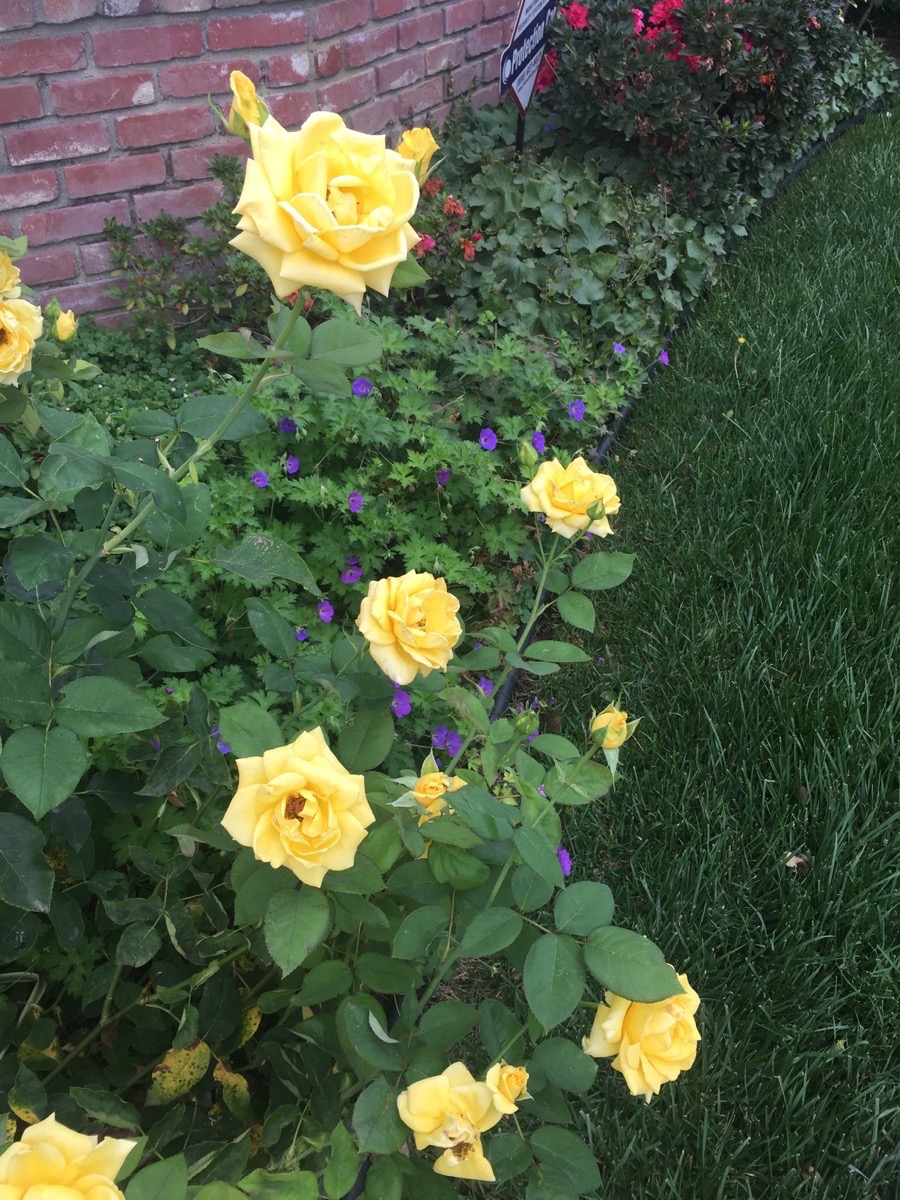
A magnificent yellow
Did You Know? - Carotene is a pigment that absorbs blue and indigo light, and that provides rich yellows and oranges.
The distinctive colors of mango, carrots, fall leaves, and yams are due to various forms of carotene, as is the yellow of butter and other animal fats.
This pigment is important to our diet, as the human body breaks down each carotene molecule to produce two vitamin A molecules.
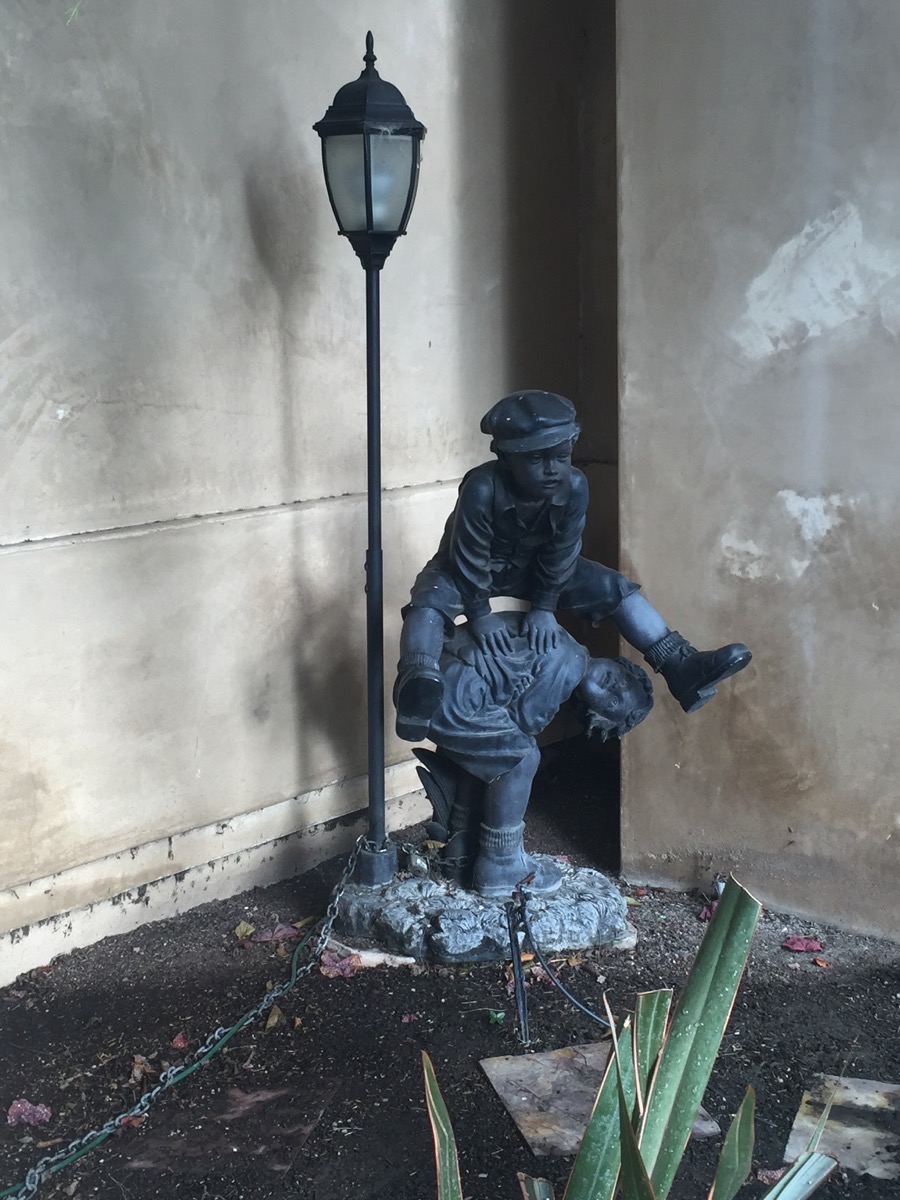
Hope he makes it!

August 28th Top
It's Friday so it is time to walk before we do our chores! We are going dancing this evening...


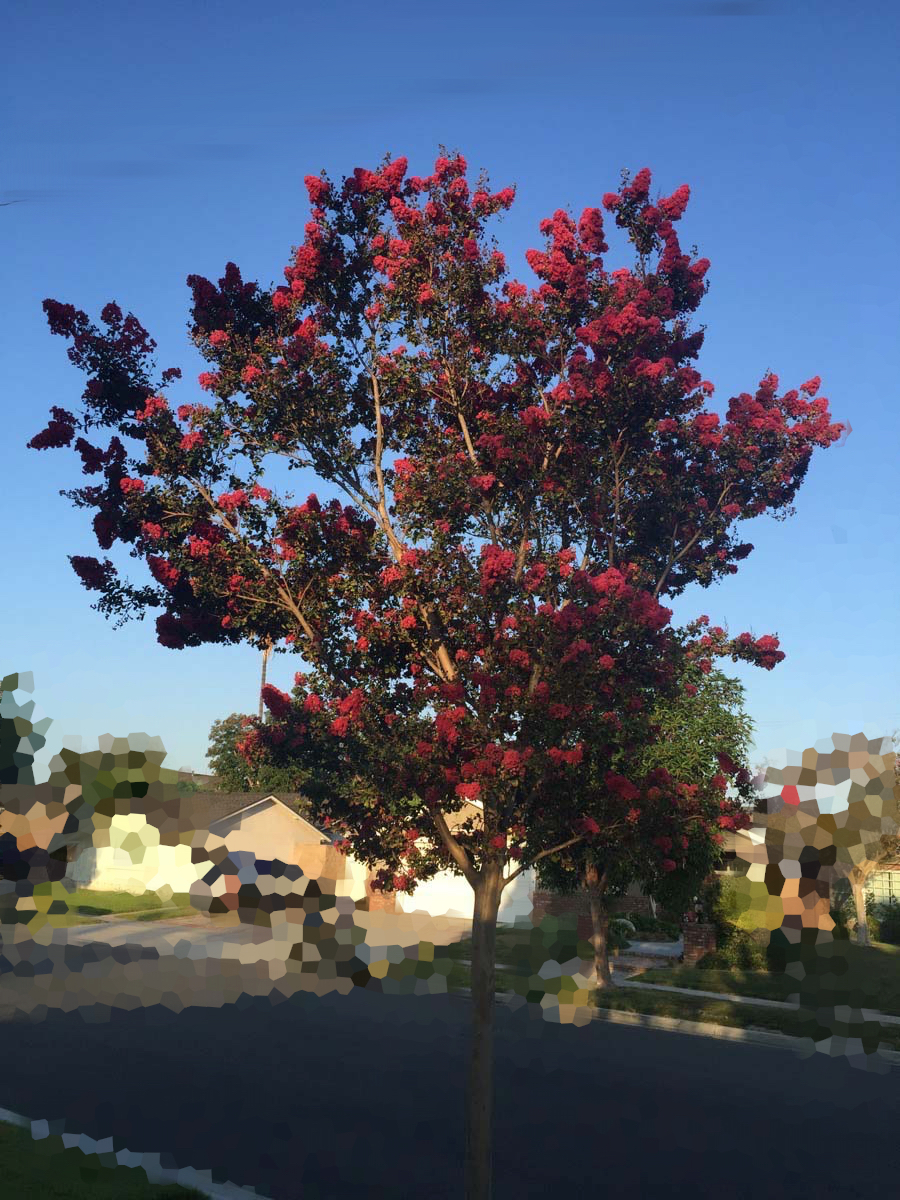
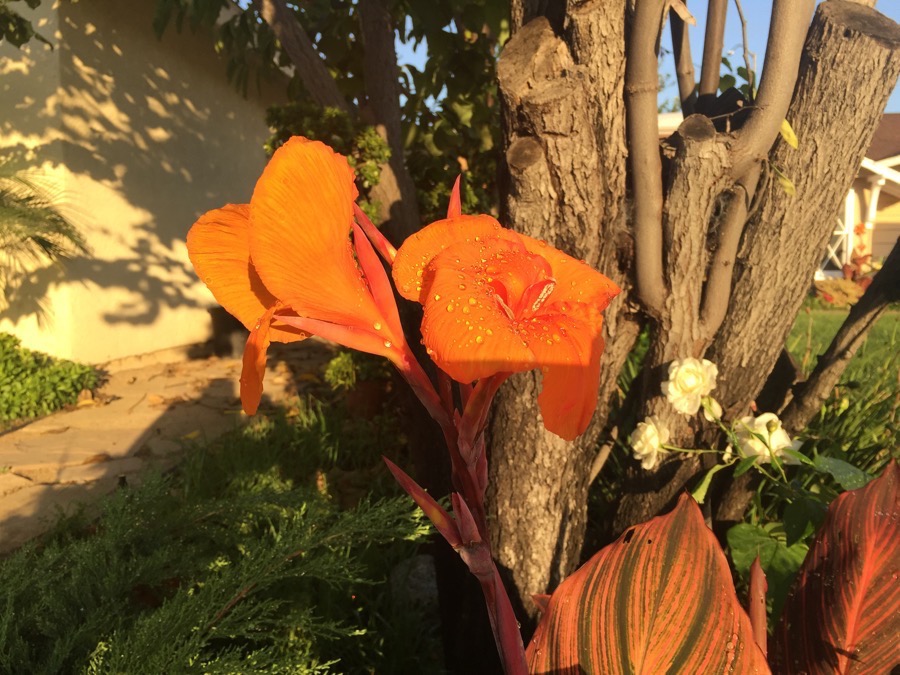
The beads of water were beautiful
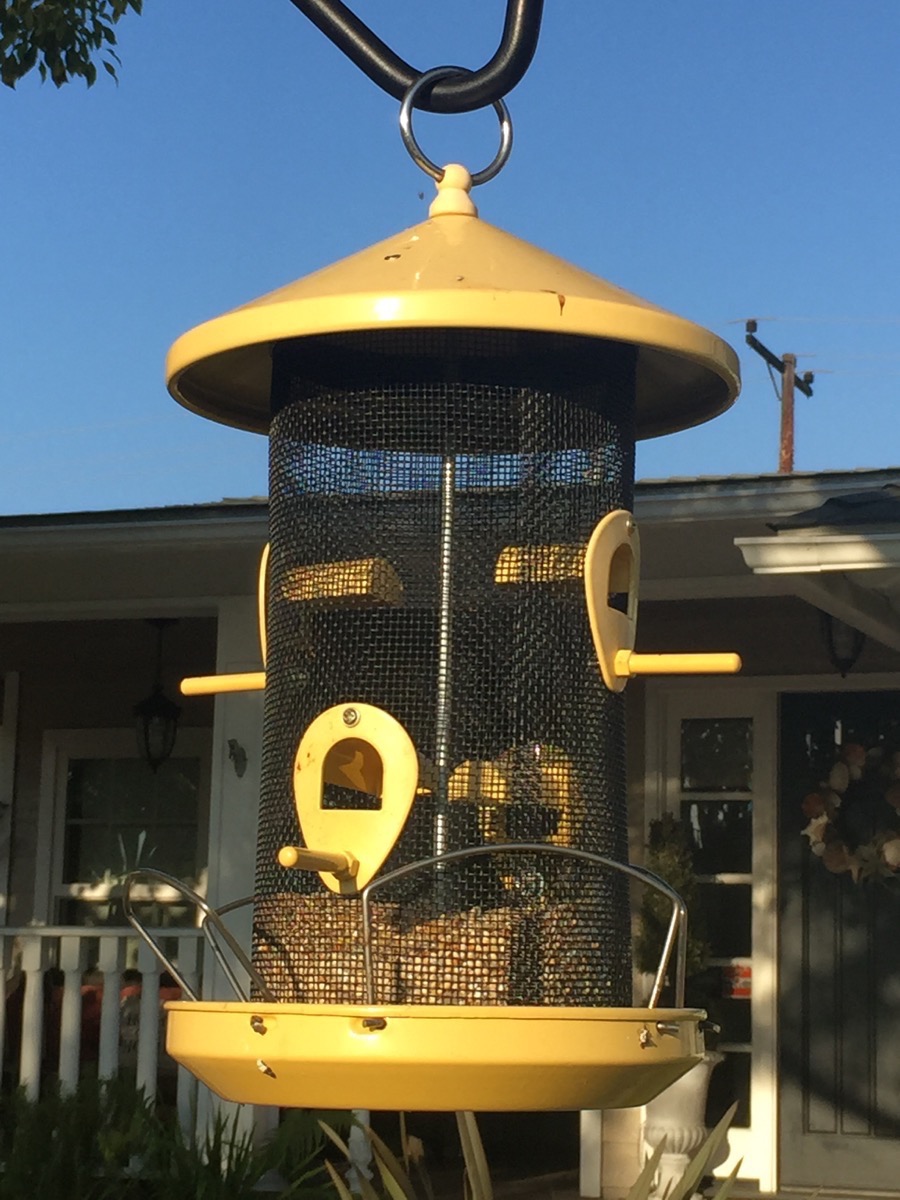
Lucky Mr. Bird gets food every morning

The bright reds are amazing

Powered by a dragon-fly (I used to call them snake-doctors)
Did You Know What Others Call Dragonflys?
In Europe, dragonflies have often been seen as sinister. Some English vernacular names, such as "horse-stinger", "devil's darning needle" and "ear cutter", link them with evil or injury.
Swedish folklore holds that the devil uses dragonflies to weigh people's souls.
The Norwegian name for dragonflies is Øyenstikker ("eye-poker"), and in Portugal they are sometimes called tira-olhos ("eye-snatcher").
They are often associated with snakes, as in the Welsh name gwas-y-neidr, "adder's servant".
The Southern United States term "snake doctor" refers to a folk belief that dragonflies follow snakes around and stitch them back together if they are injured

How did they know we just got back from vacation this week?

August 30th Top
It was a warm morning but I took off anyway. The hour and fifteen minutes went quickly! Amazing how many new things I get to see on every walk! Please enjoy! With my iWatch, I checked my heart rate and it maxed at 105 even when I was really hitting the road. Darn short legs!


Long walk this morning
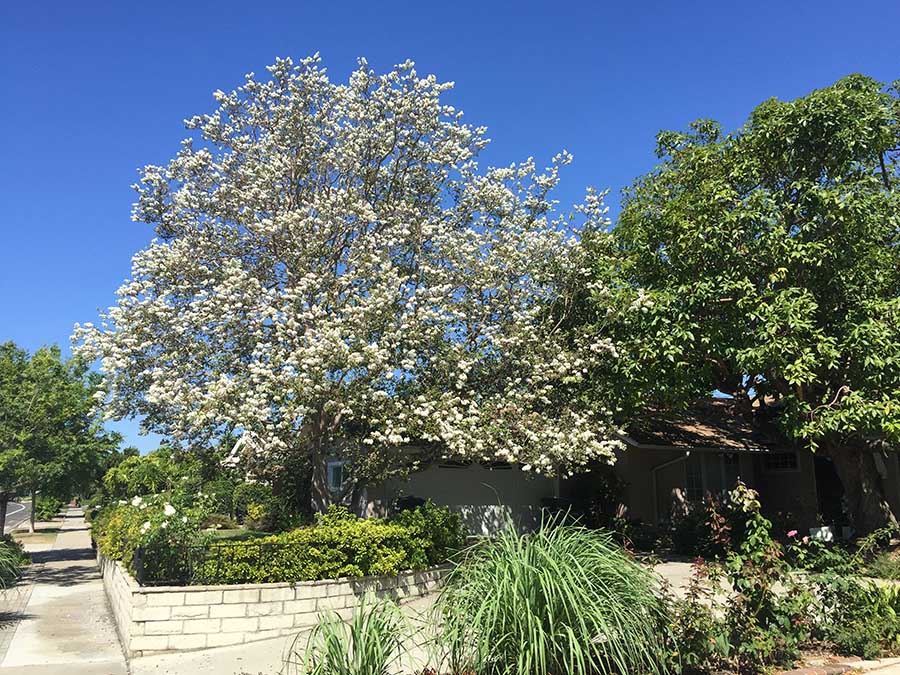
Looks like cottom balls on a tree

The season is beginning to change

Crape Murtle trees are in full bloom
Did You Know? - Crape myrtles are chiefly known for their colorful and long-lasting flowers which occur in summer months. Most species of Lagerstroemia have sinewy, fluted stems and branches with a mottled appearance that arises from having bark that sheds throughout the year.
The leaves are opposite and simple, with entire margins, and vary from 5–20 cm (2–8 in). While all species are woody in nature, they can range in height from over 100 feet to under one foot; most, however, are small to medium multiple-trunked trees and shrubs. The leaves of temperate species provide autumn color.
Flowers are borne in summer and autumn in panicles of crinkled flowers with a crepe-like texture. Colors vary from deep purple to red to white, with almost every shade in between.
Although no blue-flowered varieties exist, the flowers trend toward the blue end of the spectrum with no orange or yellow except in stamens and pistils.
The fruit is a capsule, green and succulent at first, then ripening to dark brown or black dryness. It splits along six or seven lines, producing teeth much like those of the calyx, and releases numerous, small, winged seeds.
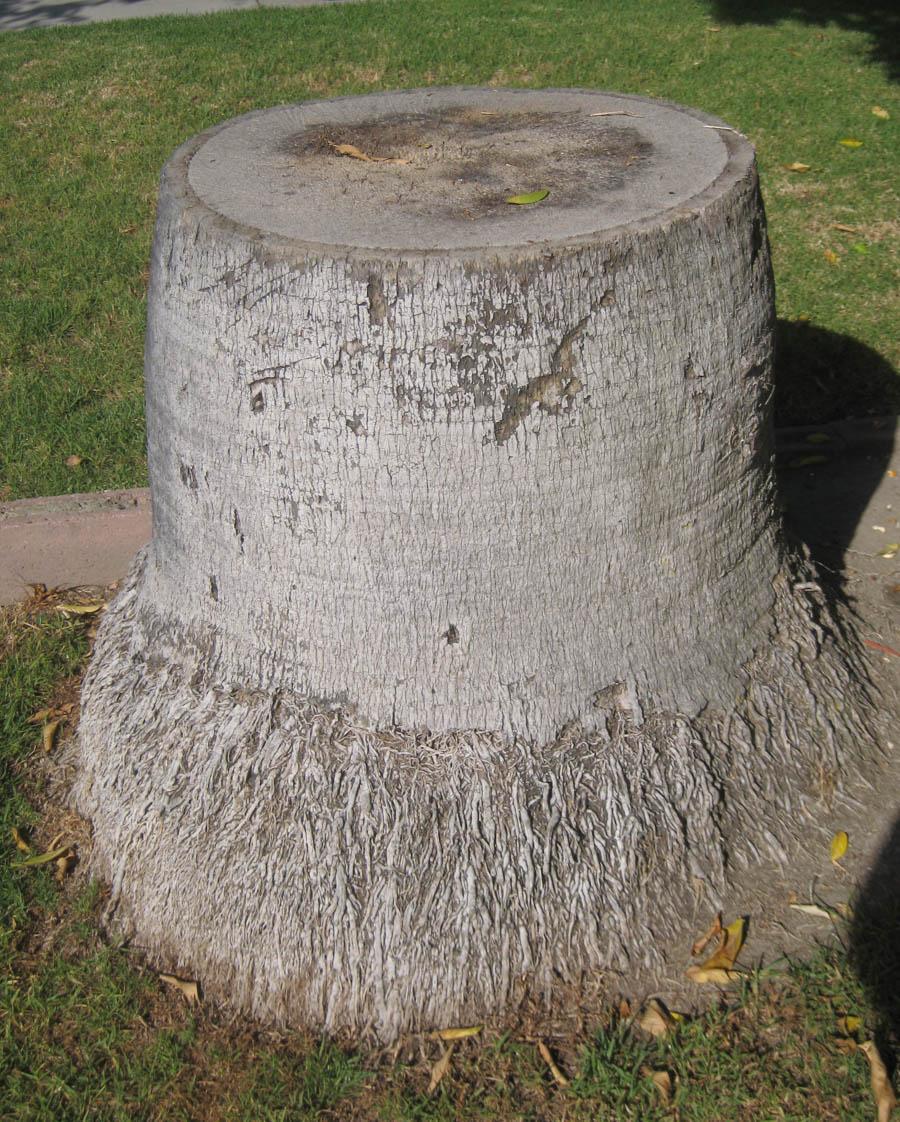
We calls him "Stumpy"
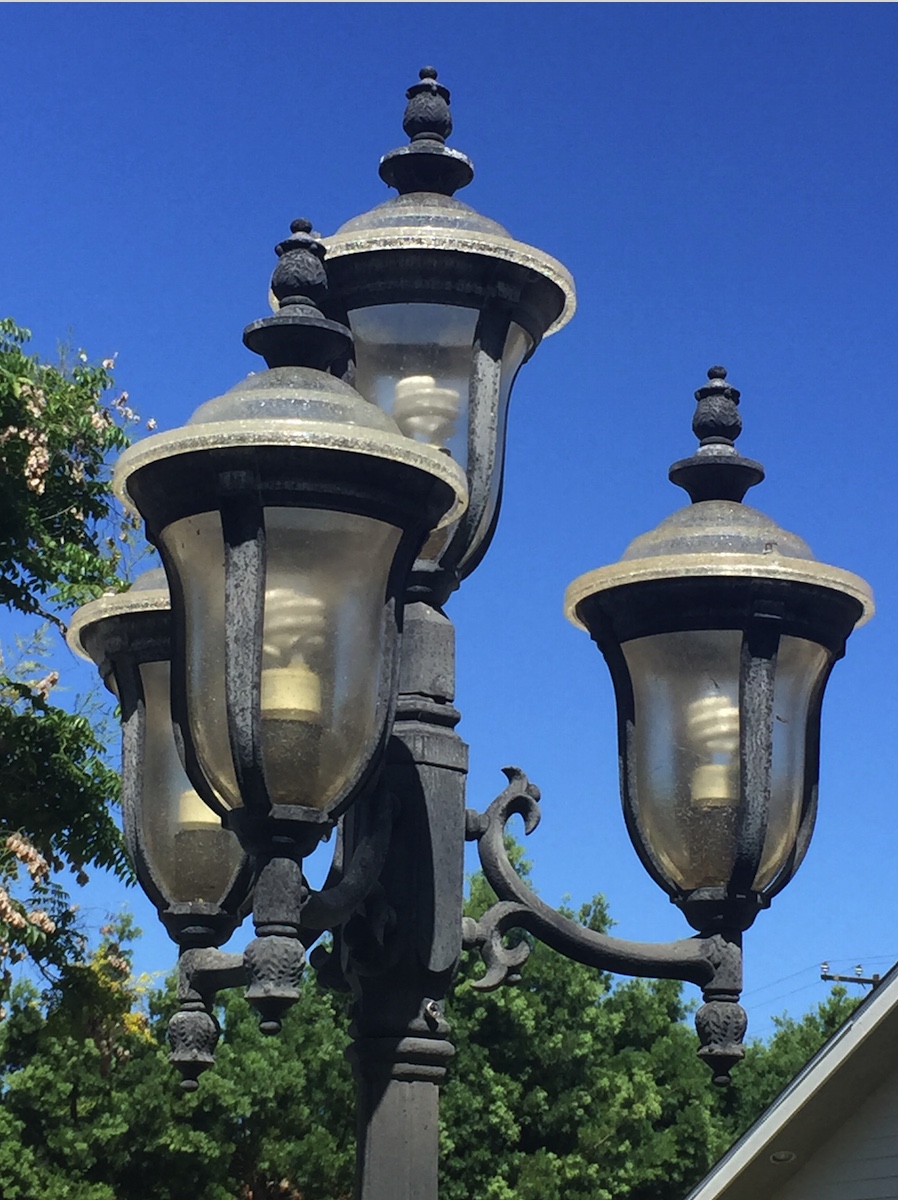
Beacons of light

Another month and he will be all red

Indeed.... God Bless America
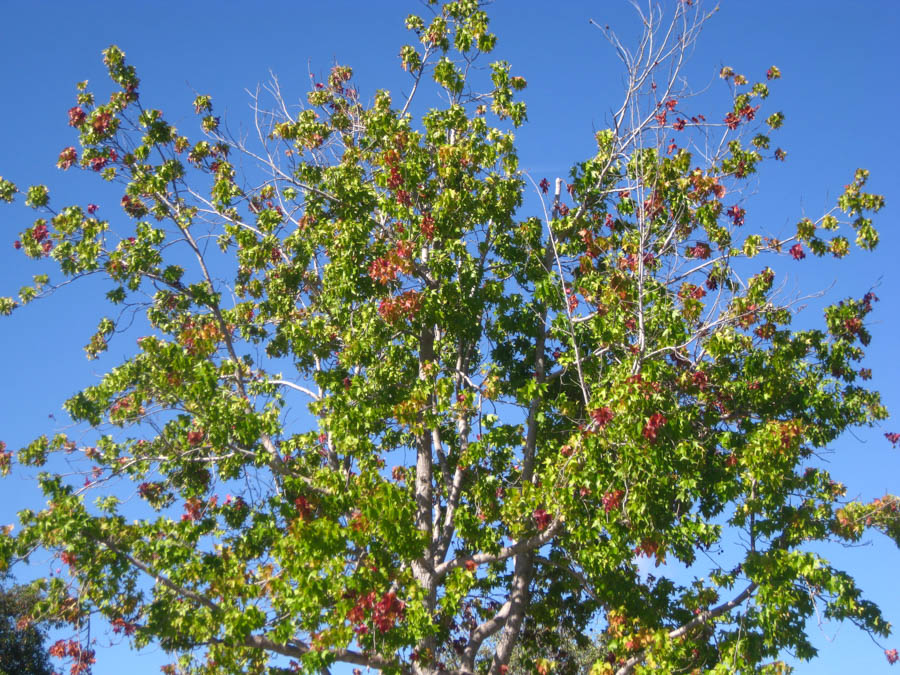
The reds are turning up everywhere
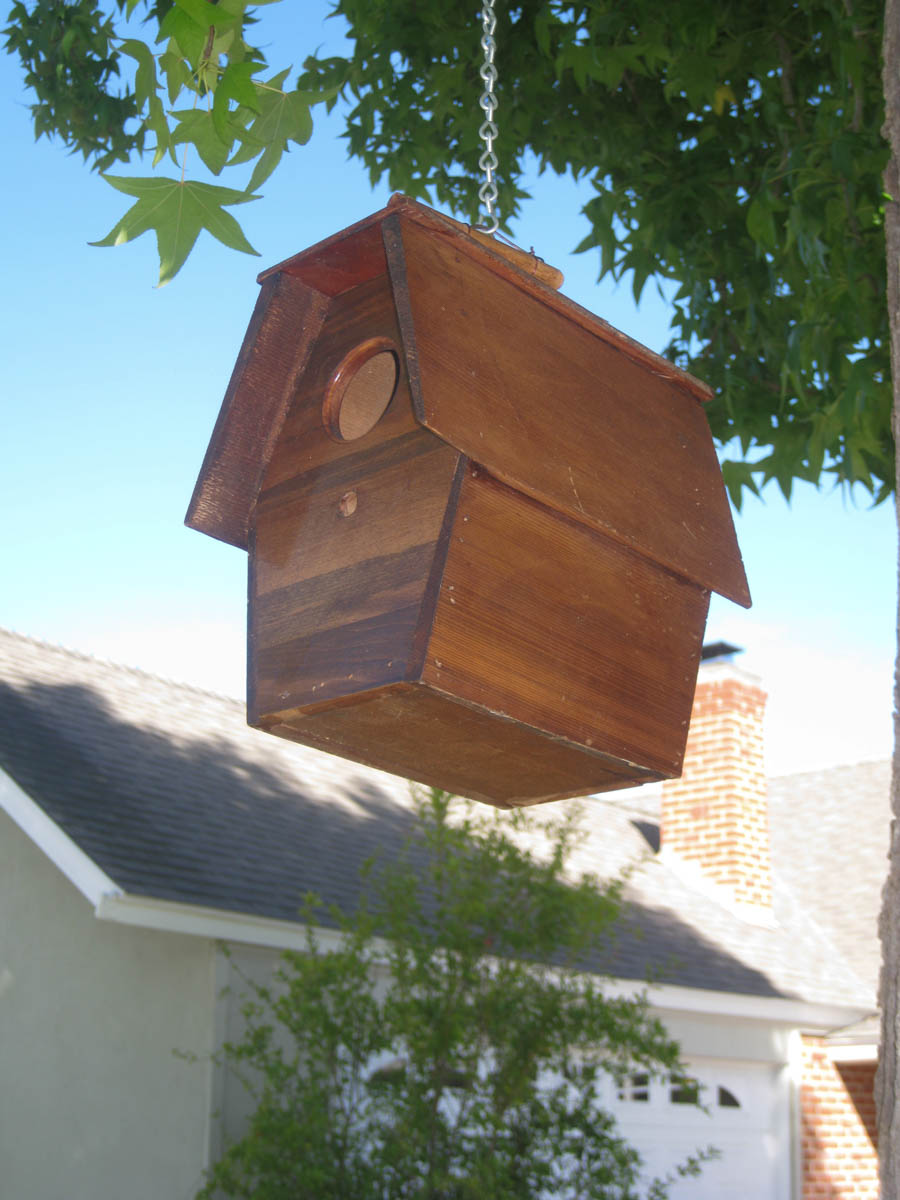
A Birdie Restaurant

I see a great future in walking

The Italian Cypress is trying to act like a redwood
Did You Know? - In classical antiquity, the cypress was a symbol of mourning and in the modern era it remains the principal cemetery tree in both the Muslim world and Europe.
In the classical tradition, the cypress was associated with death and the underworld because it failed to regenerate when cut back too severely. Athenian households in mourning were garlanded with boughs of cypress.
Cypress was used to fumigate the air during cremations. It was among the plants that were suitable for making wreaths to adorn statues of Pluto, the classical ruler of the underworld.
The poet Ovid, who wrote during the reign of Augustus, records the best-known myth that explains the association of the cypress with grief.
The handsome boy Cyparissus, a favorite of Apollo, accidentally killed a beloved tame stag. His grief and remorse were so inconsolable that he asked to weep forever. He was transformed into cupressus sempervirens, with the tree's sap as his tears.
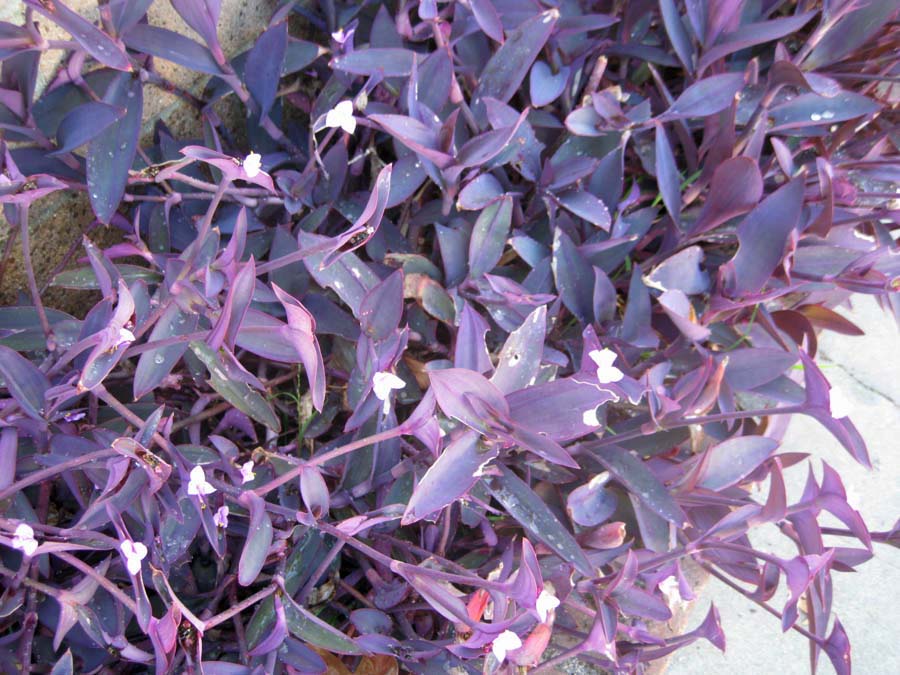
A delightful purple

Hey... Look at the "wall flowers"
Did You Know? - A wallflower is someone with an introverted personality type, but who still seeks out and partakes in social events on a fairly regular basis. They are often socially competent enough to be liked and to attend group gatherings, but may choose or feel the need to blend in and remain silent.
According to the Oxford English Dictionary (2nd ed), the first known usage of the term in this sense was in an 1820 poem entitled County Ball by Winthrop Mackworth Praed. It was originally used to refer to women, and only in the context of dances; more recently the term has been expanded to include men and other social gatherings.

Interesting patterns

What do you mean it is a "wireless world?"

That's what I felt like doing after an hour
